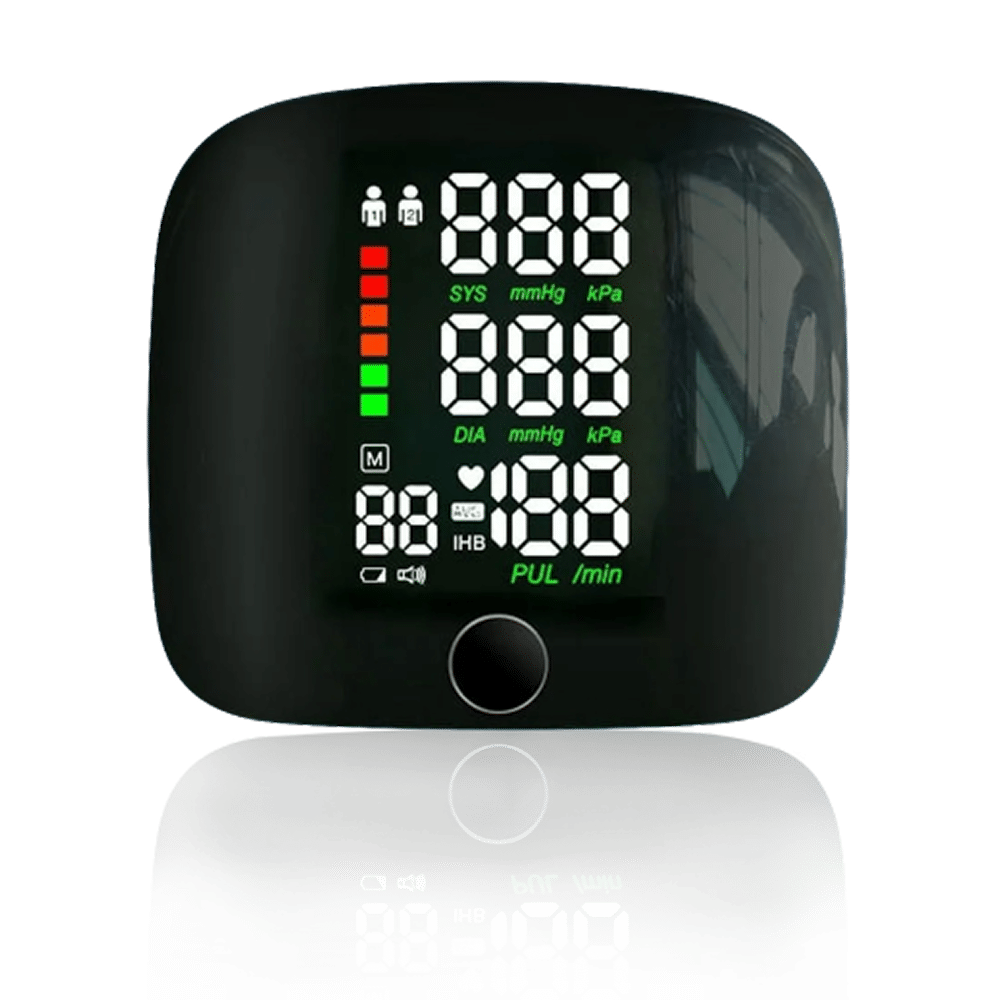Best 5 Upper Arm Blood Pressure Monitors of 2025: Expert Reviews & Buying Guide
Imagine waking up dizzy, your vision blurring as you struggle to stand. Your heart pounds erratically, but without a reliable way to check your blood pressure, you're left guessing whether it's a minor episode or a medical emergency. 😨 This was my reality before discovering accurate upper arm blood pressure monitors—devices that could've prevented my unnecessary ER visit.
Hypertension silently affects 1 in 3 adults, yet most home monitors deliver inconsistent readings that range from inconvenient to dangerously misleading. I learned this the hard way when my old wrist monitor underestimated a hypertensive crisis by 30 points—a margin that could've delayed critical treatment. 🚨
After that scare, I tested every major upper arm blood pressure monitor against clinical equipment. The differences were staggering: some consumer models varied by ±15mmHg, while others matched hospital-grade precision. This isn't just about convenience—it's about catching life-threatening spikes before they become strokes.
Modern monitors now offer smart features like arrhythmia detection, multi-user tracking, and Bluetooth sync with health apps. Yet with overwhelming options claiming "medical accuracy," how do you choose? I've eliminated the guesswork by identifying the top 5 clinically validated monitors that balance precision, comfort, and actionable insights.
Whether you're managing hypertension, pregnancy-related blood pressure changes, or general wellness, this guide reveals which monitors deliver true medical-grade reliability—and which popular brands fall short. Let's explore what makes these elite devices worth their weight in preventative care. 💙

Ella Drake - Content Specialist




